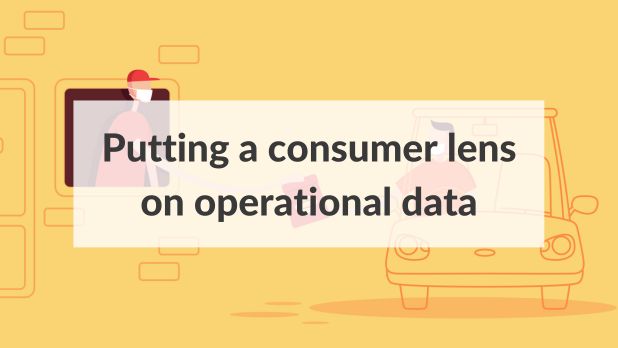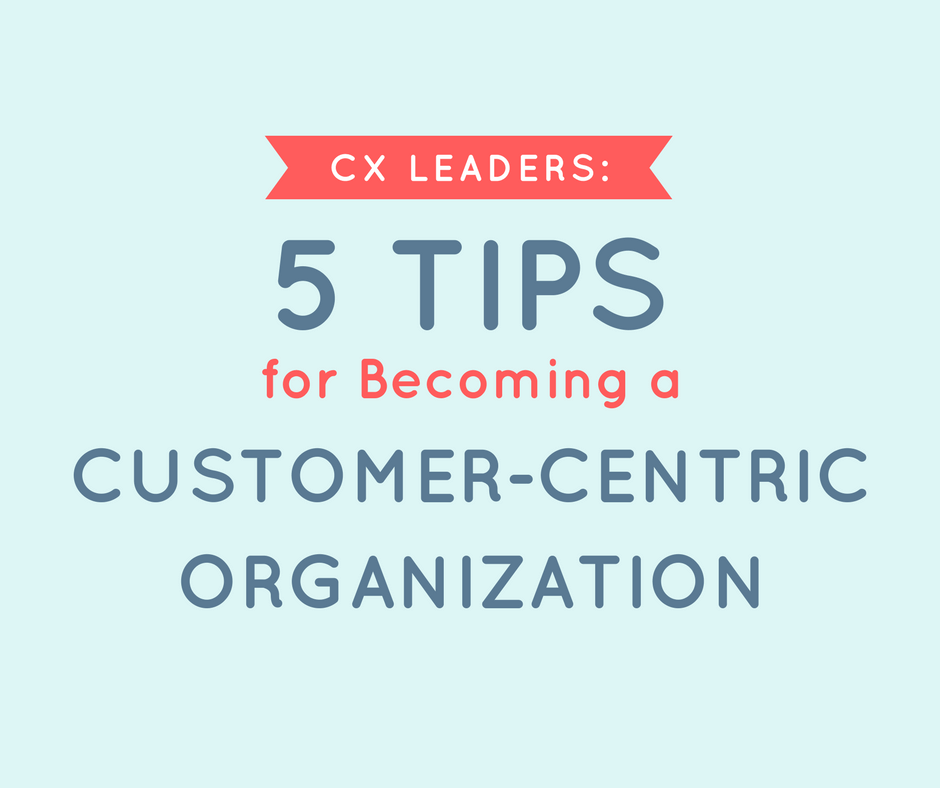Consumer Insights and the Annual Drive-Thru Study
At the beginning of October, we released the 23rd Annual Drive-Thru Study — the premier benchmark report for operators across North America. This...

Let’s get brutally honest.
If your CX strategy starts and ends with an NPS score and a quarterly mystery shop, you’re not running a strategy. You’re running a scoreboard with no game plan.
In 2025, experienced leaders aren’t waiting for the customer to raise a red flag. They’re building systems that predict dissatisfaction, automate responses, and drive consistency across hundreds or thousands of locations.
And the good ones? They’ve stopped treating “CX measurement” as a nice-to-have. Instead, it’s their operating system.
The business case for customer obsession has never been clearer. According to Forrester, customer-obsessed organizations grow revenue 41% faster, see 49% higher profit growth, and retain customers 51% better than their less-obsessed peers.
But obsession without precision is chaos. To compete in this era, brands need to rethink how they measure CX, from the signals they collect to the speed at which they act.
Everyone talks about being “customer-obsessed.” But most brands still treat customer feedback like confetti. It gets thrown around randomly, looks pretty in the moment, and ends up making a mess.
Here’s the truth:
Great customer experience measurement is about building a closed-loop engine that connects what the customer sees, what the employee does, and what the brand promises. A full 86% of buyers say they’re willing to pay more for a better customer experience, which puts smarter measurement and faster action at the center of competitive growth.

Here’s how today’s high-performing brands measure customer experience differently.
Post-visit email surveys and spreadsheet dumps are just not enough today. Leading brands capture signals the moment they happen. This includes digital, in-person, and operational touchpoints.
Waiting for a customer complaint to flag an issue is too late. Top brands turn evervyday interactions into a feedback loop that is fast, scalable, and tied to context.
And it works. Real-time feedback requests can generate up to five times higher response rates compared to delayed surveys, giving brands a more complete and timely picture of the experience. Even better, companies using real-time systems resolve issues up to 60% faster than those relying on traditional methods.
If you really want to capture the voice of the customer, you can’t just rely on one channel. You need a mix. Mystery shopping gives you an outside-in snapshot, and even if you’re only capturing one moment in time, that moment should be representative of any moment in time. Layer in operational audits to spot patterns across locations. Then add a real-time survey tool to hear directly from customers in the moment.
Discover the micro-moments that shape customer satisfaction in restaurants.
Here’s a little secret: customers don’t always want perfection. But they do expect consistency.
That means:
Inconsistency doesn’t point to a people problem. It reveals a visibility problem. And it hits harder than most leaders think. McKinsey found that consistency across the customer journey is a bigger driver of satisfaction than any individual touchpoint.
Consistency doesn’t happen by luck either. It happens through operations. If you want every location delivering the same experience, you need systems that make it stick. That means using operational data to see what’s happening on the ground.
Digital checklist and inspection software turns daily routines into real-time insights, giving teams clear expectations, live visibility, and the ability to catch issues early so consistency becomes the norm.

Every piece of feedback should trigger one of two outcomes:
Most teams collect feedback. Fewer actually understand it. If you want to improve the experience, you need to get past the scores and into the story. CX analytics help you see patterns, track changes over time, and figure out what’s really driving customer sentiment.
But if your team’s reading reports and not doing anything with them, your CX strategy is leaking ROI.
Pro brands set thresholds that fire off auto-responses. They prioritize by impact, not just volume. And they design their measurement systems to talk to the humans who need to act, not just the executives who want a report. Customers are 2.4 times more likely to stick with a brand when their problems are solved quickly, proving that immediate action is the expected outcome.
“Intouch’s CX reporting tools give Corporate a bird’s eye view into the performance of our mystery shop and age-verification programs across locations; while individual operators get actionable insights to help them improve business processes and ensure standards are being met.” – Parkland Fuel
Scores and sentiment only tell part of the story. High-performing CX teams also need to know:
Modern measurement platforms reveal the what, the who, the where, and the how soon. This is the level of insight that drives real accountability. The aim is to have everyone aligned towards consistently achieving CX goals.
Explore the biggest Customer Experience Insights for Multi-location Businesses.
Here’s the million-dollar question:
Can you identify, fix, and prevent CX breakdowns before they become negative online reviews?
That’s the gold standard. And getting there doesn’t mean adding more tools. It means building a connected measurement framework that fuels operations, marketing, and training from a single source of truth.
You can’t fix what you can’t see. And most brands are flying blind. According to Treasure Data, 54% of organizations admit their biggest roadblock to using customer data is that it’s trapped in silos. When feedback lives in one place, operations data in another, and marketing insights somewhere else, the full picture gets lost.
A strong CX measurement strategy pulls those threads together. It makes sure you're not just tracking what went wrong, but why it happened, how often, and what to do next. It gives every team from ops to marketing to training a clear, shared understanding of what needs attention and what’s actually working.

Now multiply that by a hundred locations.
That’s how CX breakdowns happen. Not in big, obvious ways, but in quiet moments that go unmeasured, misread, or ignored. A smile that didn’t happen. A process that slipped. A promise that wasn’t kept. Not because people failed, but because no one was tracking what mattered when it mattered.
If you’re not sure where to start or maybe you’ve got pieces already in place and you’re ready to build on them, this is where things get clearer.
Explore our Customer Experience Measurement tools that give multi-location businesses a 360 ° view of operational performance and customer-centric data.

At the beginning of October, we released the 23rd Annual Drive-Thru Study — the premier benchmark report for operators across North America. This...

On paper, everything checks out. Your frontline teams are hitting their KPIs.Audit compliance is strong.Customer satisfaction surveys? Decent. And...

It’s no secret that people are resistant to change - and when it comes to organizational change, their resistance might be even stronger. This is one...